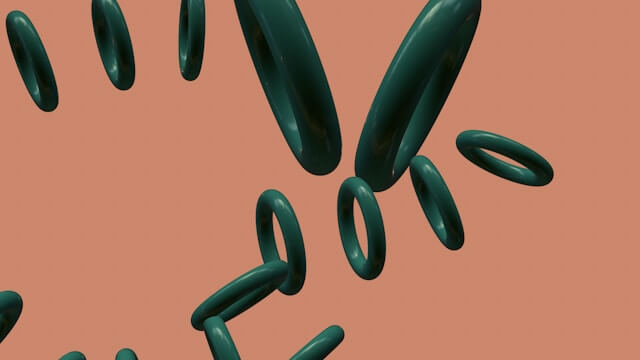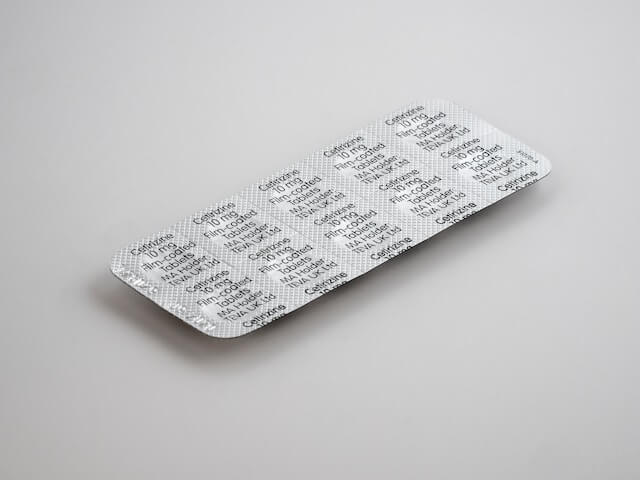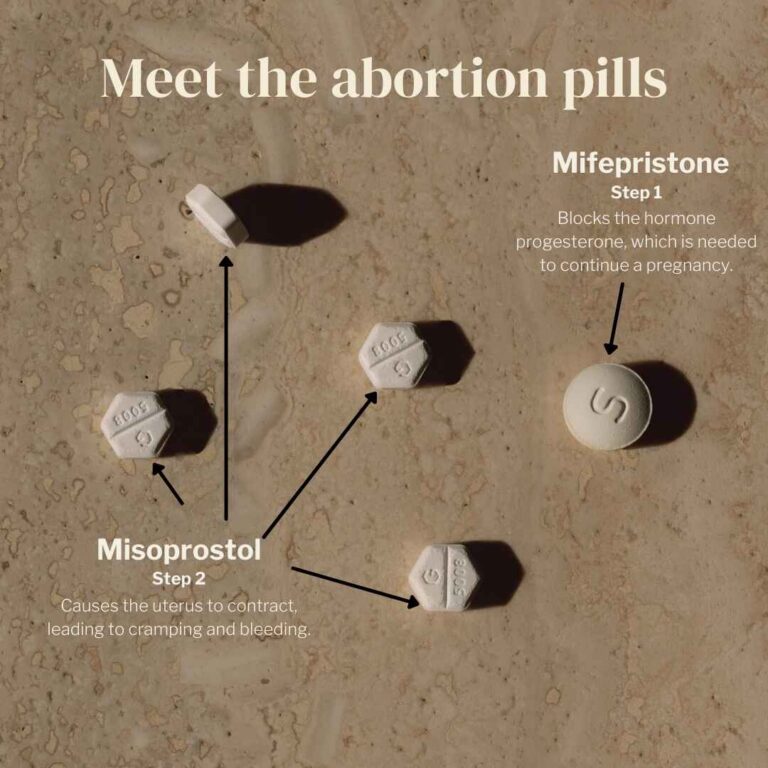Book Appointment Now

How Medical Abortion Pills Work: A Complete Guide to Safe Home Use
When someone discovers they’re pregnant and it’s not the right time or choice for them, they often begin searching for safe, reliable ways to end the pregnancy. It happens to the best of us; preventive measures slip, wild nights, and even forceful incidents. On such occasions, one of the most accessible and effective options, especially in the first trimester, is medical abortion, also known as abortion with pills. But how do these pills actually work? How safe is it to use them at home? And what should someone expect before, during, and after the process? Dr. Joy is here for you.
What Is Medical Abortion?
Medical abortion is a non-surgical method of terminating an early pregnancy using medication. It is most commonly used within the first 9 weeks of pregnancy, although in some cases, it can be done up to 12 or even 15 weeks with medical supervision. Unlike surgical procedures that require a clinic setting, medical abortion allows for a more private, home-based experience that many find emotionally and physically manageable.
The Two Pill Combo: Mifepristone and Misoprostol
A medical abortion, also known as “Abortion with pills”, uses medication to end a pregnancy. The treatment involves taking two types of medicine at two different times.
- The first medication that is taken, called mifepristone, blocks the hormone needed for pregnancy to grow.
- A second medication is called misoprostol, which causes the body to expel the pregnancy from the womb.
Medical abortion typically involves taking two different pills: mifepristone and misoprostol.
1. Mifepristone (The First Pill)
Mifepristone is taken first, orally with a lot of water. It works by blocking the hormone progesterone, which is essential for maintaining the pregnancy. Without progesterone, the uterine lining breaks down, and the embryo can no longer stay attached. After taking mifepristone, most people don’t feel much right away, although some may experience spotting.
2. Misoprostol (The Second Pill)
This is taken 24–48 hours after mifepristone, misoprostol causes the uterus to contract and expel the pregnancy. This can be taken in two ways, buccally between the teeth and gums or vaginally.
What to Expect During the Process
After taking the second pill (misoprostol), most people experience bleeding and cramping within 2–6 hours. For some, it starts as soon as one hour after taking the pills; for others, it may take a bit longer.
Common symptoms include:
- Heavy bleeding (heavier than a period) with clots
- Cramping, often intense but manageable with painkillers
- Nausea, vomiting, diarrhea
- Chills or mild fever
These symptoms are all part of the body expelling the pregnancy tissue. The most intense part usually lasts a few hours, but light bleeding can continue for up to two weeks or longer. Pain and discomfort are part of the process, but they can be managed effectively:
It’s helpful to have a trusted person around for emotional or physical support during the process, especially on the day misoprostol is taken.
How Effective Are Medical Abortion Pills?
Medical abortion is very effective when done properly:
- Mifepristone + Misoprostol: 95–99% effective
- Misoprostol-only: 78–88% effective
Effectiveness tends to be highest when used earlier in the pregnancy (under 7 weeks) and when instructions are followed carefully.
In rare cases, a second dose of misoprostol or a follow-up surgical procedure may be needed.
Possible Risks and When to Seek Help
Serious complications are rare, but it’s important to watch for warning signs. You should seek medical attention if you experience:
- Bleeding that soaks more than 2 pads per hour for 2 consecutive hours
- Fever over 38°C (100.4°F) that lasts more than 24 hours
- Foul-smelling discharge
- Persistent severe pain not relieved by painkillers
These could indicate an infection, incomplete abortion, or other complications. Emergency rooms treat these cases the same way they would a miscarriage, so there’s no need to fear legal repercussions in many regions.
Aftercare and Emotional Well-being
Once the pregnancy has been expelled, you may feel relief, sadness, or a mix of emotions. All of these are valid. Rest is important, and some people resume normal activities within a day or two.
Follow-up options include:
- A home pregnancy test after 3–4 weeks (earlier may give a false positive)
- A follow-up clinic visit or ultrasound, if needed
It’s also important to talk to a healthcare provider about birth control options if you don’t want to become pregnant again right away, as ovulation can return as soon as two weeks after a medical abortion.
Make sure you’re getting the pills from a reliable source and that you understand the proper dosage and timing. Self-managed abortion is safest when the person has access to accurate information and emergency care if needed.
If you or someone you know is considering abortion with pills, take time to learn, ask questions, and make a plan. Knowledge is not just power, it’s peace of mind. Consult Dr. Joy.




[…] How Medical Abortion Pills Work: A Complete Guide to Safe Home Use […]